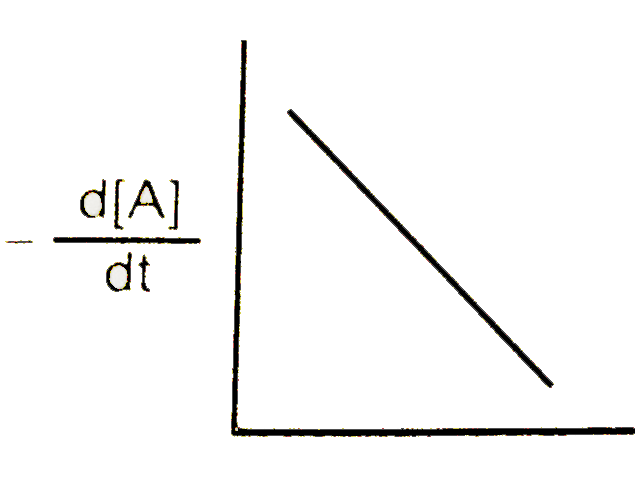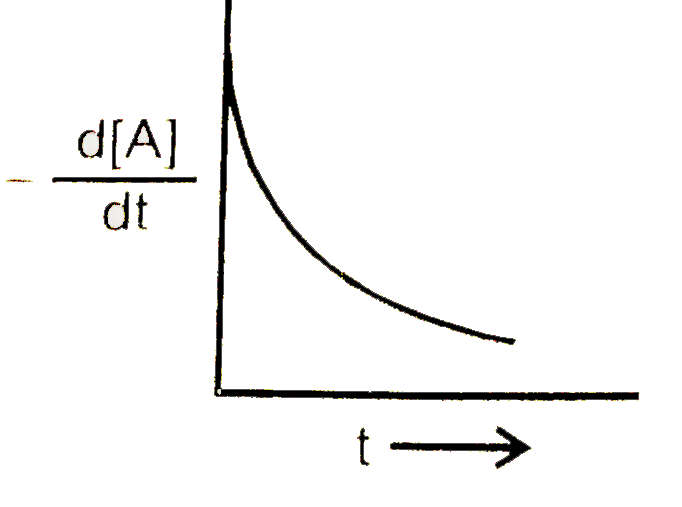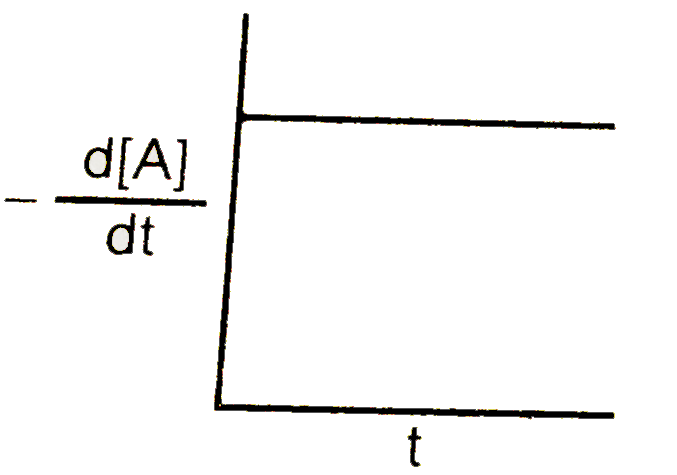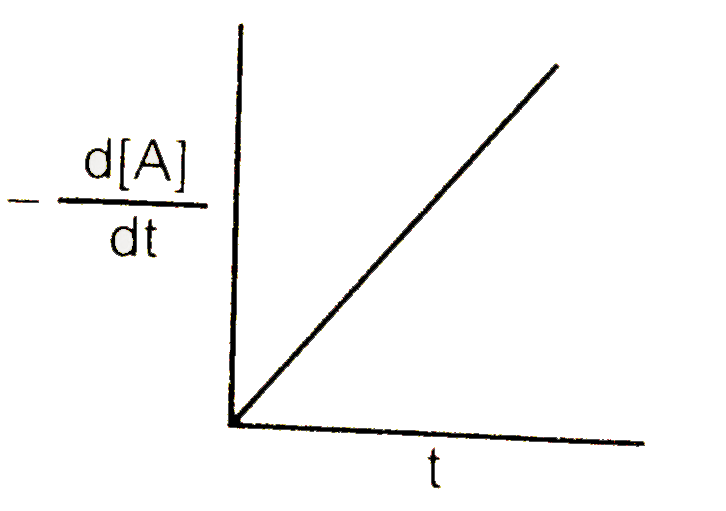For the reactionA→B, for which graph between half life (t1/2)and∈itialconcentration(a)oftherectantisgivenbelow<br><imga≤ocr_imageload∈g=lazysrc=https://d10lpgp6xz60nq.cloudfront.net/physics_images/NRA_PHY_CHM_JMA_C07_E01_022_Q01.pngwh=80%mx-autosty≤=background:white;><br>Hencegraphbetween-(d[A])/(dt) and time will be: Solution in Punjabi




The correct Answer is:C
Step by step video & image solution for For the reactionAtoB, for which graph between half life (t_(1//2)) and initial concentration (a) of the rectant is given below Hence graph between -(d[A])/(dt) and time will be: by Chemistry experts to help you in doubts & scoring excellent marks in Class 12 exams.
Topper's Solved these Questions
- BOOK - NARENDRA AWASTHICHAPTER - CHEMICAL KINETIC & NUCLEAR CHEMISTRYEXERCISE - Level 1 (Q.3 To Q.32)1videos
CHEMICAL KINETIC & NUCLEAR CHEMISTRY
- BOOK - NARENDRA AWASTHICHAPTER - CHEMICAL KINETIC & NUCLEAR CHEMISTRYEXERCISE - Level 1 (Q.33 To Q.62)2videos
CHEMICAL KINETIC & NUCLEAR CHEMISTRY
- BOOK - NARENDRA AWASTHICHAPTER - SURFACE CHEMISTRYEXERCISE - Level -21videos
SURFACE CHEMISTRY
Similar Questions
The following data pertain to reaction between A and B
S.No[A][B]RatemolL−1molL−1molL−1sec−1I1×10−22×10−22×10−4II2×10−22×10−24×10−4III2×10−24×10−28×10−4
Which of the following interference(s) can be drawn from the above data
(a) Rate constatnt of the reaction 10−4
(b) Rate law of reaction is k[A][B]
(c ) Rate of reaction increases four times on doubling the concentration of both the reactant Select the correct answer codes:
a) a,b and C
b) a and b
c) b and c
d) c alone01:59View Solutioncolumn Icolumn IIP.Zero order reaction1.t1/2α1[A]0Q.First order reaction2.t100%=[A]0/kR.second order reactions3.Involves at least two reactantsS.Pseudo unimolecular reaction4.[A]=[A]0e−kt
02:41View Solutionfor the graph below, select correct order of temperture ?
 02:04View Solution
02:04View SolutionThe graph between concentration (X) of the Product and time of the reaction A→B is of the type 1. Hence, graph between −d[A]dt and time will be of the type:
 01:29View Solution
01:29View SolutionFollowing is the graph between log T_(50) and log a ( a = initial concentration) for a given reaction at 27^(@)C . Hence order is
04:12View SolutionFollowing is the graph between logt1/2 and loga (a initial concentration) for a given reaction at 27∘C.

Find the order of reaction.01:48View SolutionFor which order reaction a straight line is obtained along with x -axis by plotting a graph between half-life (t_(1//2)) and initial concentration 'a'
01:59View SolutionA nucleus A (parent) decays into B (Daughter) with half life T1 and B decays into C with half life T2. Graph is drawn between number of atoms/activity versus time. Select the correct graph (s)
01:50View SolutionFor the reaction AtoB , for which graph between half life (t_(1//2)) and initial concentration (a) of the rectant is given below Hence graph between -(d[A])/(dt) and time will be:
01:29View SolutionGraph between concentration of the product and time of the reaction A rarr B is of the type Hence, graph -d[A]//dt and time will be of the type:
01:22View SolutionFollowing is the graph between log T_(50) and log a (a = initial concentration) for a given reaction at 27^(@)C . Hence, order is
View SolutionFor which order reaction a straight line is obtained along with x-axis by plotting a graph between half-life (t1/2) and initial concentration 'a'
01:50View SolutionWhich of the following graphs formed plotted between t_(1//2) and initial concentration (a) represents a zero order reaction ?
02:07View SolutionIn a first order reaction the graph between t_(1//2) and concentration is.
04:10View SolutionGive relation between half reaction time (t1/2) and initial concentration of reactant for (n−1) order reaction
02:18View SolutionFor the reactionA→B, for which graph between half life (t1/2)and∈itialconcentration(a)oftherectantisgivenbelow<br><imga≤ocr_imageload∈g=lazysrc=https://d10lpgp6xz60nq.cloudfront.net/physics_images/NRA_PHY_CHM_JMA_C07_E01_022_Q01.pngwh=80%mx-autosty≤=background:white;><br>Hencegraphbetween-(d[A])/(dt) and time will be:
02:58View Solution

